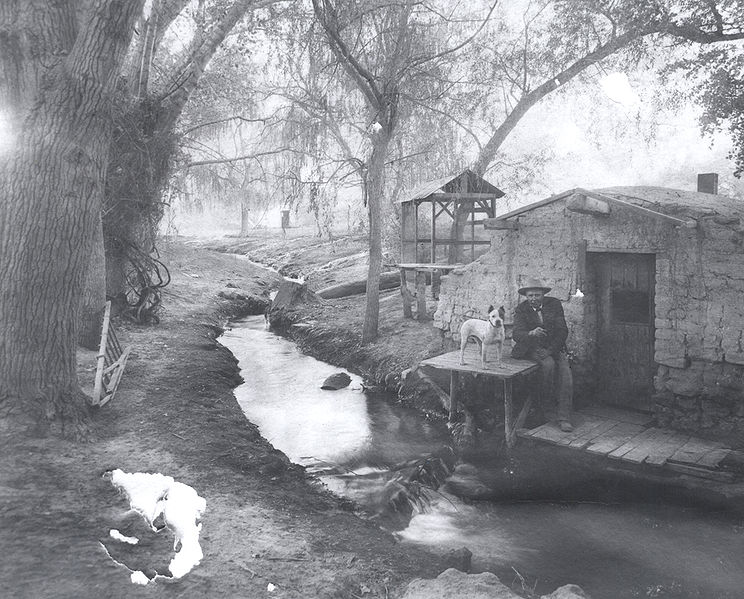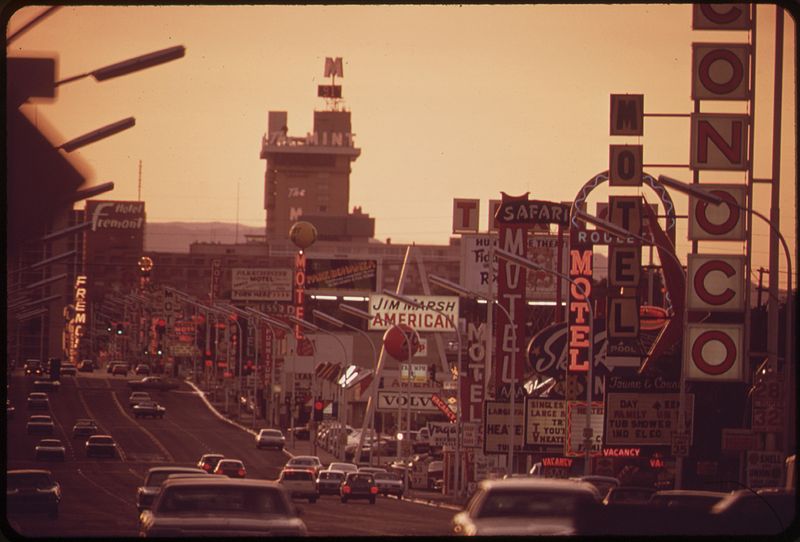There’s a smart article in this week’s New York Times Magazine by Timothy Pratt about Zappos founder Tony Hsieh hoping to remake urban living in the desolate downtown of Las Vegas. It certainly won’t be a quick fix, but will it be quixotic? An excerpt:
“The Downtown Project got its unofficial start several years ago when Hsieh realized that Zappos, the online shoe-and-apparel company that he built to $1 billion in annual sales in less than a decade, would soon outgrow its offices in nearby Henderson, Nev. Though Amazon bought Zappos in 2009 for $1.2 billion, Hsieh still runs the company, and he has endeavored to keep alive its zany corporate culture. This includes a workplace where everyone sits in the same open space and employees switch desks every few months in order to get to know one another better. ‘I first thought I would buy a piece of land and build our own Disneyland,’ he told the group. But he worried that the company would be too cut off from the outside world and ultimately decided ‘it was better to interact with the community.’
Around the same time, the Las Vegas city government was also about to move, and Hsieh saw his opportunity. He leased the former City Hall — smack in the middle of downtown Vegas — for 15 years. Then he got to thinking: If he was going to move at least 1,200 employees, why not make it possible for them to live nearby? And if they could live nearby, why not create an urban community aligned with the culture of Zappos, which encourages the kind of ‘serendipitous interactions’ that happen in offices without walls? As Zach Ware, Hsieh’s right-hand man in the move, put it, ‘We wanted the new campus to benefit from interaction with downtown, and downtown to benefit from interaction with Zappos.’ The only hitch was that it would require transforming the derelict core of a major city.
For Hsieh, though, this was part of the appeal. Transforming downtown Vegas would ‘ultimately help us attract and retain more employees for Zappos.’ For the city itself, it would ‘help revitalize the economy.’ More important, it would ‘inspire,’ a word Hsieh uses often. Hsieh closed his presentation at the faux log cabin high above the desert with the sort of fact he seems to always have on hand: up to 75 percent of the world’s population will call cities home in our lifetime. ‘So,’ he concluded, ‘if you fix cities, you kind of fix the world.'”
Tags: Timothy Pratt, Tony Hsieh


